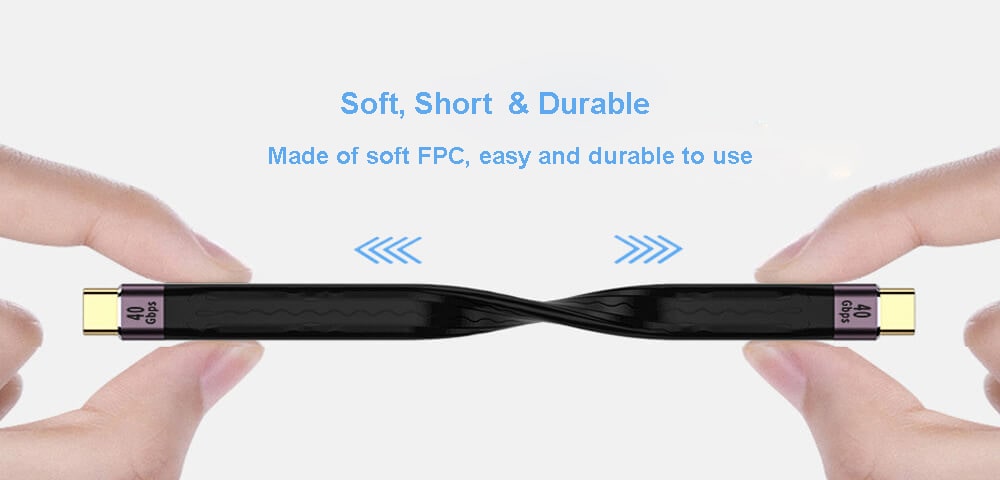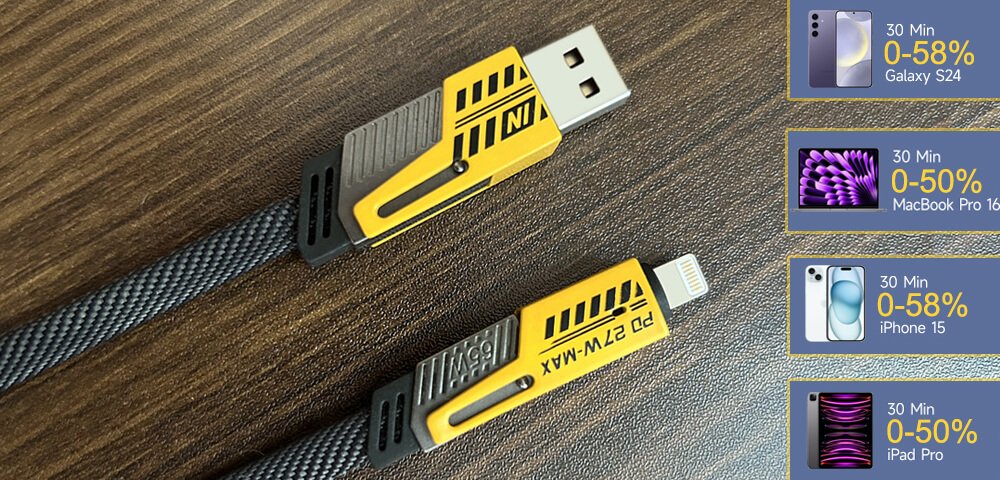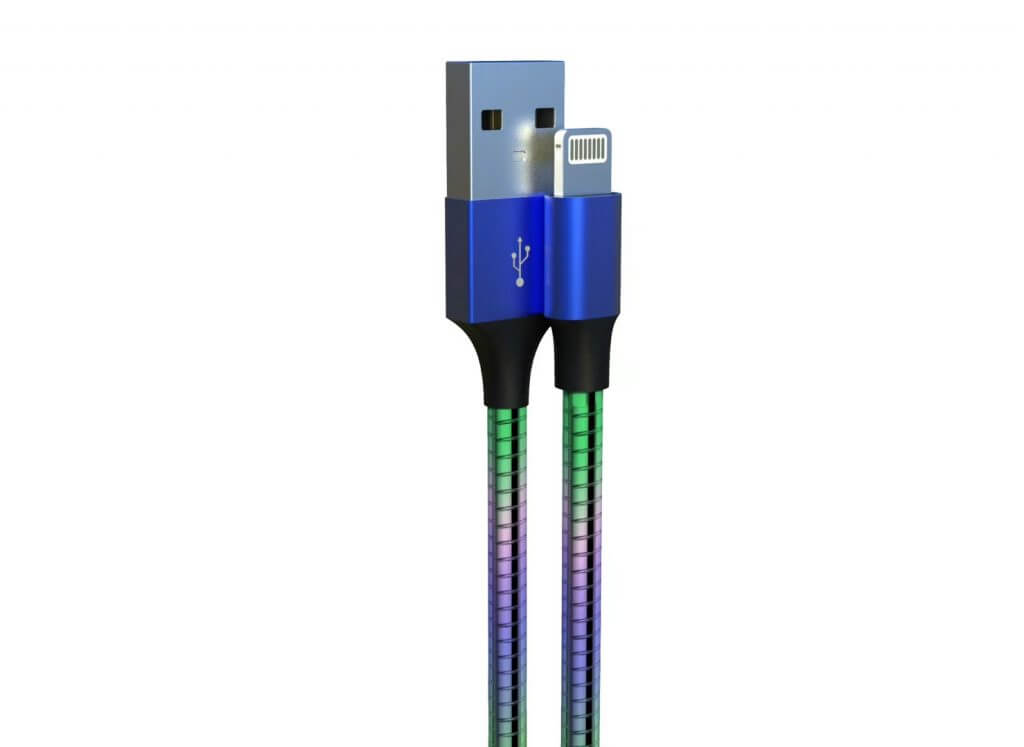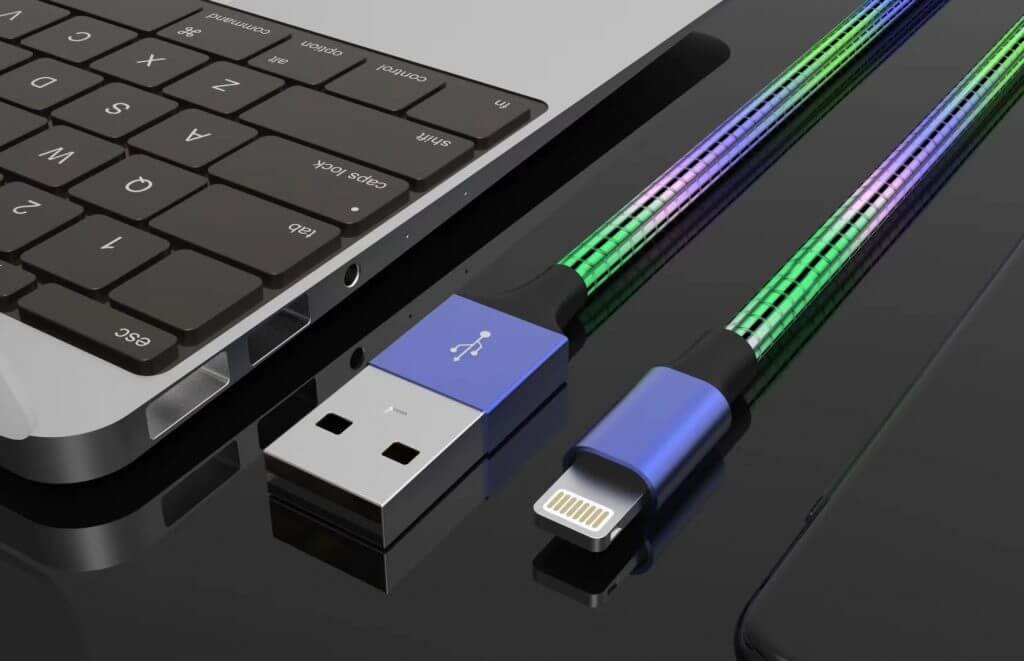In a world where our lives are increasingly intertwined with technology, understanding the tools we use every day is essential. Among these tools, charging cables and data cables play crucial roles in keeping our devices powered and connected. However, many people often confuse the two. In this article, we’ll explore the key differences between charging cables and data cables, helping you make informed decisions for your tech needs.

Durable USB C to USB C cables Wholesale
### Understanding Charging Cables
Charging cables are designed primarily to supply power to your devices. These cables vary in design, length, and connector type, but their main function remains the same: transferring electrical energy from a power source to your gadgets. Whether it’s your smartphone, tablet, or laptop, a charging cable ensures that your device stays powered throughout the day.
Most charging cables consist of two main components: the conductor and the insulation. The conductor, often made of copper or aluminum, carries electricity, while the insulation safeguards the conductor from environmental elements and physical damage. Depending on the cable’s specifications, it can support various charging speeds, which might be affected by factors such as cable length, gauge, and connector type.
While most charging cables focus solely on power transfer, some modern cables have been designed to handle both charging and data transfer simultaneously. These dual-purpose cables can provide convenience, allowing you to charge your device and sync data at the same time. However, not all charging cables offer this capability, so it’s essential to check the specifications before making a purchase.
### Delving into Data Cables
On the other hand, data cables are specifically designed for transferring data between devices. They facilitate communication between two electronic devices, enabling activities like file transfer, syncing, and even connecting to the internet. Data cables come in various formats, such as USB, HDMI, and Ethernet, each serving different purposes based on the type of data being transmitted.
The construction of data cables is also pivotal to their performance. High-quality data cables often feature multiple twisted pairs of wires, ensuring that data signals can travel with minimal interference. This is particularly important for high-speed data transfer, where even slight interruptions can result in errors or slow connectivity.
When considering data cables, it’s essential to understand that not all data cables are built equal. For instance, USB data cables can vary significantly in their capabilities—from USB 2.0, which supports lower transfer speeds, to USB 3.1, which can reach astonishing rates suitable for large file transfers and high-definition video streaming. Make sure to choose a data cable that aligns with your specific data transfer needs.
### Key Differences Between Charging Cables and Data Cables
Understanding the fundamental differences between charging and data cables is crucial, especially if you want to optimize the performance of your devices. Here are some of the key distinctions:
1. **Purpose**: As mentioned earlier, charging cables are designed to deliver power, while data cables facilitate communication and data transfer.
2. **Construction**: Charging cables typically have fewer wires, designed mainly for power transmission. In contrast, data cables have more intricate designs with multiple wire pairs to handle data transfer efficiently.
3. **Compatibility**: Not all charging cables can be used for data transfer, and vice versa. While some cables can perform both functions, many are tailored for one primary purpose. It’s important to check the specifications to ensure compatibility with your needs.
4. **Speed**: Charging cables may support various charging speeds (fast charging vs. standard charging) but typically do not influence data transfer speeds. Meanwhile, data cables can vary widely in their data transfer speeds depending on technological standards (USB 2.0 vs. USB 3.1, for example).
### Choosing the Right Cable for Your Needs
With an array of options available in the market, choosing the right cable for your device can be overwhelming. Here are some tips to help you make the best decision:
– **Identify Your Needs**: Consider what you will primarily be using the cable for—charging, data transfer, or both. If you often transfer files between devices, investing in a high-quality data cable is essential. On the other hand, if you’re mainly charging devices, focus on finding a cable that supports fast charging.
– **Check Compatibility**: Ensure that the cable you select is compatible with your devices. Different devices may require specific connectors (like USB-C, Lightning, or Micro-USB), so double-check the specifications before you buy.
– **Look for Quality**: Opt for reputable brands and cables that boast good reviews. Higher-quality cables often last longer and provide better performance, reducing the chances of overheating or malfunction.
– **Consider Length**: Think about how far away your devices will be from the power source. Longer cables offer flexibility but may reduce efficiency, especially for charging. Choose a length that strikes a balance between convenience and effectiveness.

Multi USB data cables wholesale
### Conclusion
In conclusion, understanding the difference between charging cables and data cables is vital for effectively managing your electronic devices. Charging cables ensure your gadgets remain powered, while data cables facilitate seamless communication and data transfer. By recognizing their distinct purposes, construction, and specifications, you’ll be better equipped to choose the right cable for your needs.
Whether you’re a tech novice or a seasoned enthusiast, having the right cable can significantly enhance your user experience. So next time you’re shopping for cables, remember the key differences and choose wisely! Your devices will thank you for it.





